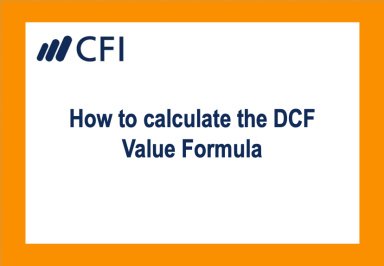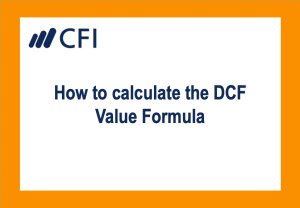
Publication number: ELQ-96457-1
View all versions & Certificate

How to Calculate the DCF Terminal Value Formula
This is tool will help the user to calculate the DCF terminal value formula using perpetual growth or exit multiple.
Introduction
There are two approaches to the terminal value formula: (1) perpetual growth, and (2) exit multiple.
Why is a terminal value used?
When building a Discounted Cash Flow / DCF model there are two major components: (1) the forecast period and (2) the terminal value.
The forecast period is typically 3-5 years for a normal business (but can be much longer in some types of businesses) because this is a reasonable amount of time to make detailed assumptions for. Anything beyond that becomes a real guessing game, which is where the terminal value comes in.
- Step n°1 |
What is the perpetual growth DCF terminal value formula?
The perpetual growth method of calculating a terminal value formula is the preferred method among academics as it has the mathematical theory behind it. This method assumes the business will continue to generate Free Cash Flow (FCF) at a normalized state forever (perpetuity).
The formula for calculating the terminal value is:
TV = (FCFn x (1 + g)) / (WACC – g)
Where:
TV = terminal value
FCF = free cash flow
g = perpetual growth rate of FCF
WACC = weighted average cost of capital

